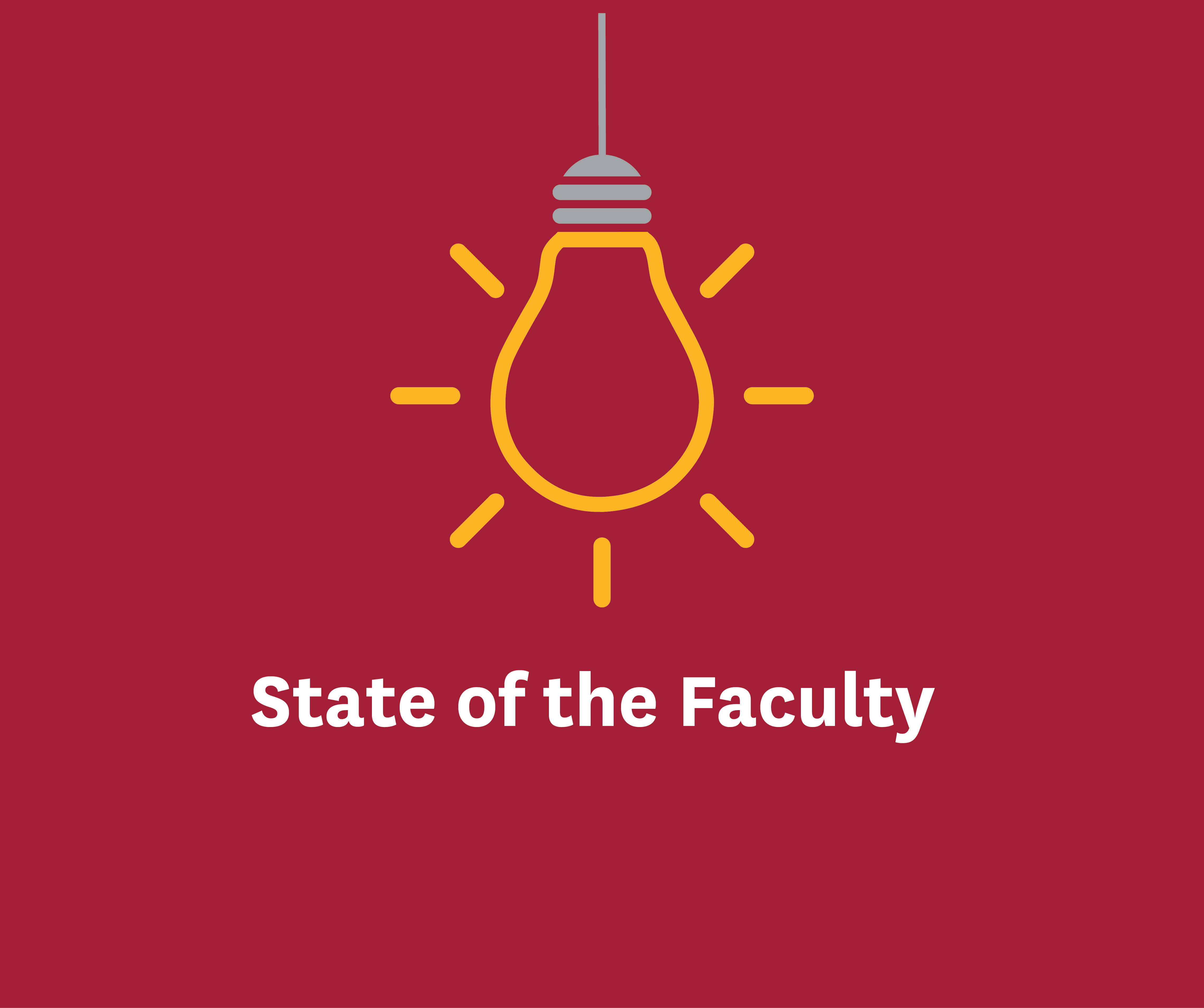
New ‘State of the Faculty’ Report Shines a Light on Faculty Trends and Issues
The “State of the Faculty” report from the Pullias Center for Higher Education is now available. The report’s authors explore the issues and trends that have affected faculty in the United States. The goal of the report is to provide a snapshot from varied sources about the state of the profession.
“This report draws from important sources of data, like the National Education Association Almanac of Higher Education and the American Association of University Professors’ Annual Report on the Economic Status of the Profession, to compliment them with a wider set of quantitative and qualitative sources that provides a multi-faceted perspective and unique insight into the faculty profession,” notes Dr. Adrianna Kezar, the report’s principal investigator, director of the Pullias Center for Higher Education, and director of the Delphi Project on the Changing Faculty and Student Success. Daniel Scott and Jude Paul Matias Dizon, research assistants at the Pullias Center, served as co-investigators for the report.
Topics covered by the State of the Faculty report include the future job market, faculty accountability policies, shared governance, tenure, unionization, non-tenure track faculty, salaries, and benefits. The report also addresses issues specifically relevant for women and faculty of color in particular, along with a focus on trends in teaching and learning in general. A section of the report is also dedicated to challenging common myths about faculty.
The report is generated as part of the Pullias Center’s Delphi Project, which is dedicated to enhancing awareness about changing faculty trends. The Delphi Project uses research and data to better support faculty off the tenure track and to help create new faculty models that support higher education institutions in the future. The Delphi Project has a vast array of resources that support the health and vitality of the academic profession.
ADDITIONAL RESOURCES: